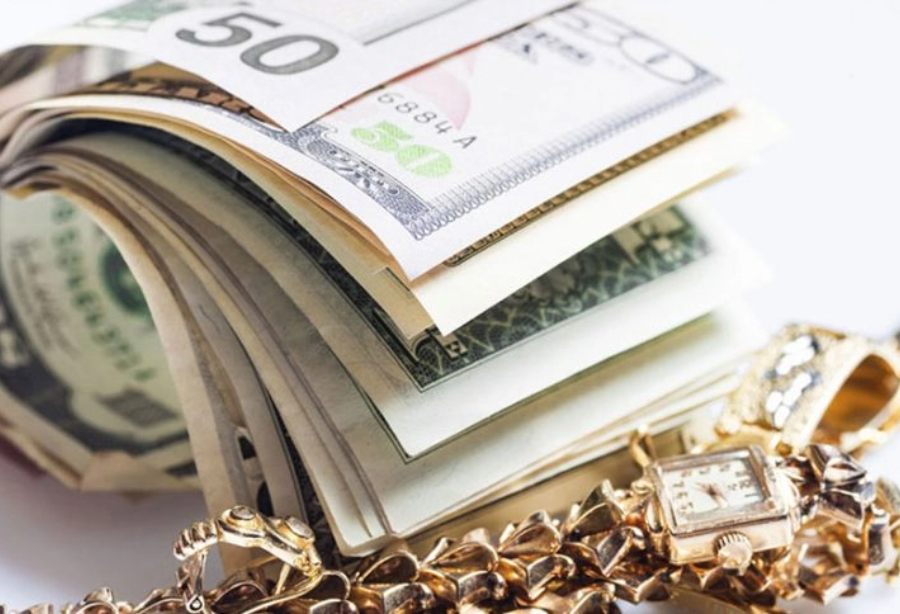Gold jewelry has a long history of being cherished for its beauty, durability, and intrinsic value. When you’re thinking about selling your gold jewelry, it’s crucial to understand the concept of gold karats. In this guide, we’ll explore what gold karats are, how they determine the purity of gold jewelry, and what factors you should consider before you sell gold jewelry.
What Are Gold Karats?
Gold karats are a measure of the purity of gold in a piece of jewelry. Pure gold, often referred to as 24-karat gold, is too soft to be used in jewelry in its pure form. To make it more durable, it’s usually mixed, or alloyed, with other metals like silver, copper, or zinc. The karat system denotes the percentage of pure gold in a piece, with 24 karat gold being 100% pure.
Common Karat Values
You’ll often encounter a range of karat values when it comes to gold jewelry. Here’s a breakdown of some of the most common ones:
- 24 Karat (24K): This is as pure as it gets, with 99.9% gold content. However, it’s quite soft and not always ideal for everyday wear.
- 22 Karat (22K): Slightly less pure than 24K, at 91.7% gold content, but still pretty close. It strikes a balance between purity and durability.
- 18 Karat (18K): This is a popular choice for fine jewelry. It has 75% gold content and offers a good mix of purity and strength.
- 14 Karat (14K): Widely used in commercial jewelry, 14K gold contains 58.3% pure gold. It’s durable and often preferred for everyday pieces.
- 10 Karat (10K): With 41.7% gold content, 10K gold is the minimum karat value considered “real” gold in the United States. It’s the most durable and affordable option.
Determining Karat Value
There are several methods for determining the karat value of gold jewelry. One common method is looking for hallmark stamps on the jewelry, which indicate the karat value and may include the manufacturer’s mark. Another method is to conduct an acid test, where a small sample of the metal is treated with acid to determine its purity. Professional appraisal services can also accurately determine the karat value of gold jewelry.
Understanding Karat vs. Weight
It’s important to differentiate between karat value and weight when assessing the value of gold jewelry. While higher karat gold is more valuable per gram due to its higher gold content, heavier pieces may still have significant value even if they have a lower karat value. When selling gold jewelry, both the karat value and weight of the piece are taken into consideration when determining its value.
Pricing Considerations
The karat value of gold jewelry significantly impacts its pricing. Higher karat gold typically commands a higher price due to its higher gold content and purity. However, market demand and trends also influence pricing, so staying informed about current market conditions when selling gold jewelry is essential.
Transparency When Selling
Transparency is critical when selling gold jewelry. Accurately representing each piece’s karat value and weight ensures fair and honest transactions. Reputable buyers will conduct their own assessments to verify the karat value and authenticity of the jewelry, so being upfront and transparent about the details of the jewelry is essential.
Understanding gold karats empowers sellers to make informed decisions and get the best value for their gold jewelry. Whether you’re looking to sell old heirlooms or unwanted pieces, knowing about gold karats is essential. If you’re ready to sell your gold jewelry, consider a trusted gold buyer like Precious Metals Refinery for fair and transparent transactions. Contact us today to get started and unlock the value of your gold items!


